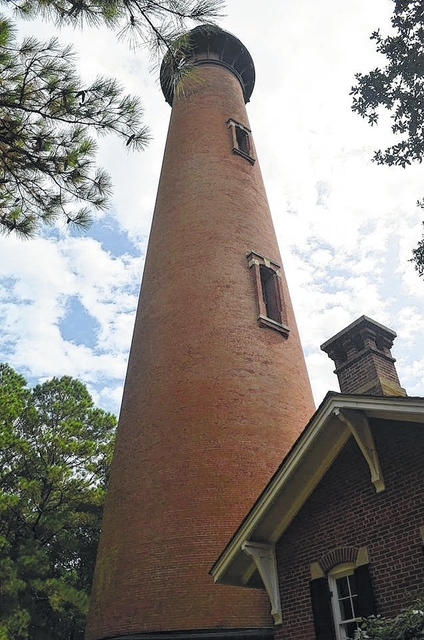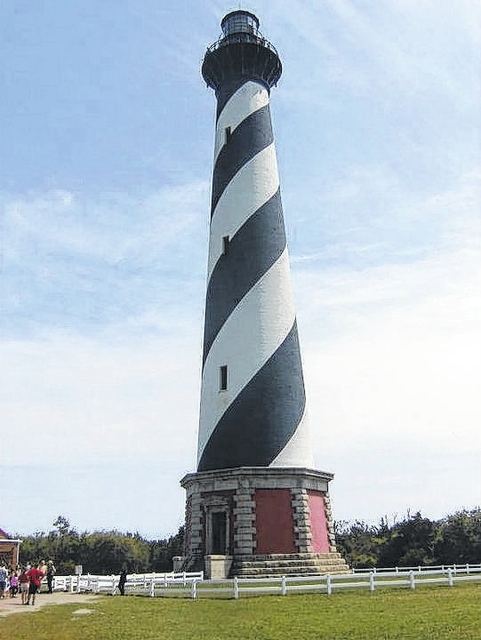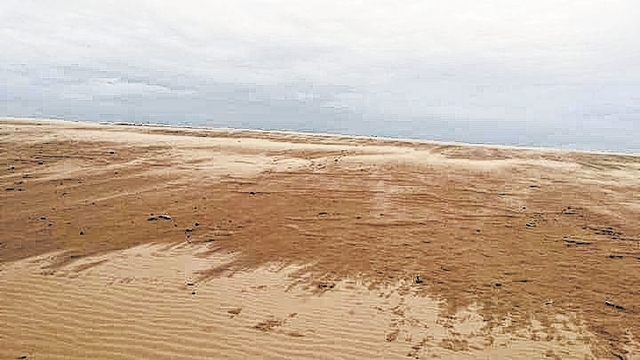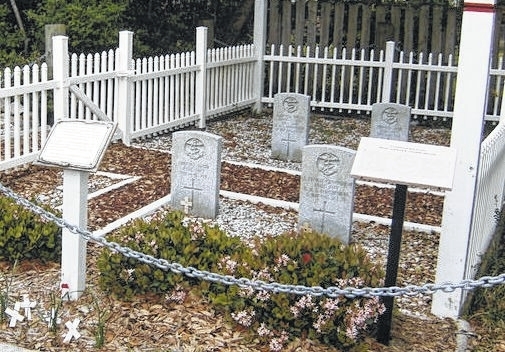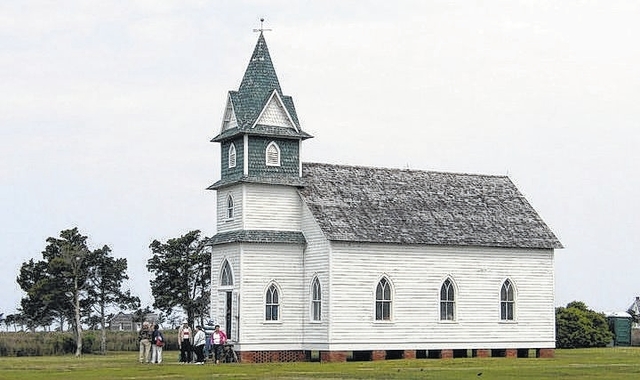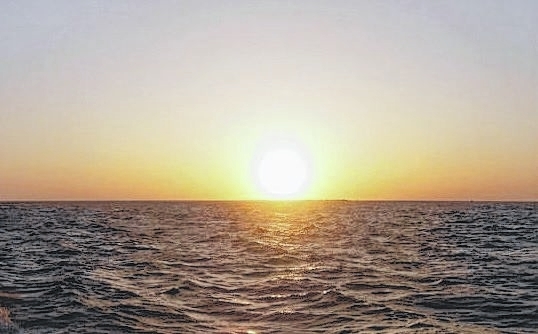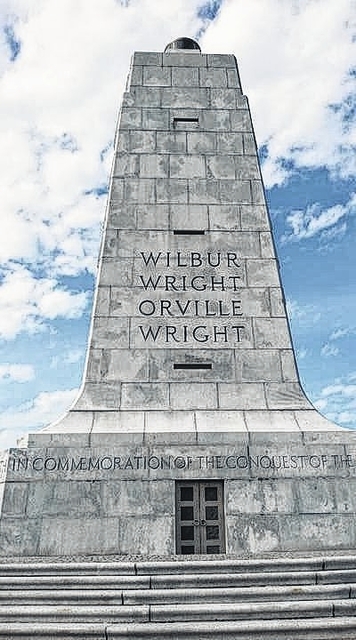While the mountains of North Carolina are my favorite region of the state, equally as appealing are the Outer Banks.
These famed barrier islands feature several lighthouses, natural wonders and a host of historical landmarks — including an abandoned village.
Starting in the south is Ocracoke Island, which is only reachable by sea or air. The N.C. Department of Transportation Ferry Division has three ferry routes to the island: Swan Quarter, Cedar Island and Hatteras Island.
The southside of Ocracoke is the only inhabited part of the island with several hotels, restaurants and shops. Within walking distance of the ferry terminal is the Ocracoke Lighthouse and the British Cemetery, where several crew members of the HMS Bedforshire were buried after the ship was sunk by a German torpedo during World War II.
On the other side of Ocracoke Inlet is Portsmouth Island, the northside of which was a fishing village established in 1752 but abandoned when the last residents left in 1971. The village is maintained by the National Park Service, with several cottages scattered about and the Portsmouth Homecoming is held every even-numbered year, when descendants of the families that called the island home come together for fellowship.
The only way to get to the island is by private ferry.
Driving north on N.C. 12 on Ocracoke will lead to the state ferry heading over to Hatteras Island. In the heart of Frisco sits the Frisco Native American Museum and Natural History Center, which features a bevy of historical artifacts from various cultures across the country. The museum also features a walking trail and is offering several programs this summer. Tell Amber hello for me.
A little farther north is the Cape Hatteras Lighthouse, which was moved 2,900 feet in 1999 to its current location because of the threat of erosion.
Just past Rodanthe is the Pea Island National Wildlife refuge. Drivers should be cautious, as many times parts of the roadway — south of the Herbert C. Bonner Bridge — are covered with sand or water (at least in my travels.)
Just outside the refuge, a few miles past the Bodie Island Lighthouse, turn west onto U.S. 64 for a quick jaunt over to Roanoke Island, home of the Lost Colony, the Elizabethan Gardens and one the state’s aquariums.
Back on the east side of the Roanoke Sound, N.C. 12 splits off to travel alongside the Atlantic Ocean, with U.S. 158 running parallel leading visitors to Jockey’s Ridge State Park in Nags Head. Climbing up the largest sand dune on the east coast can be quite the workout and once on top, the surrounding area resembles Tatooine.
The next stop is the Wright Brothers Memorial in Kill Devil Hills — the site of the historic first flight by Ohio native Orville Wright in a plane he built with his brother Wilbur.
Rejoining N.C. 12 in Kitty Hawk, travelers will go through Southern Shores and Duck before hitting Corolla, site of the brick Currituck Lighthouse. Less than a mile north, the pavement turns to sand as the highway continues down the beach to the Virginia state line. Several tours are available to view the wild horses that inhabit the area.
Instead of battling the bustle of Myrtle Beach, make your way to the Outer Banks and — to borrow the state’s tourism motto — “Discover the state you’re in.”
Reach William R. Toler at 910-817-2675 and follow him on Twitter @William_r_toler.

